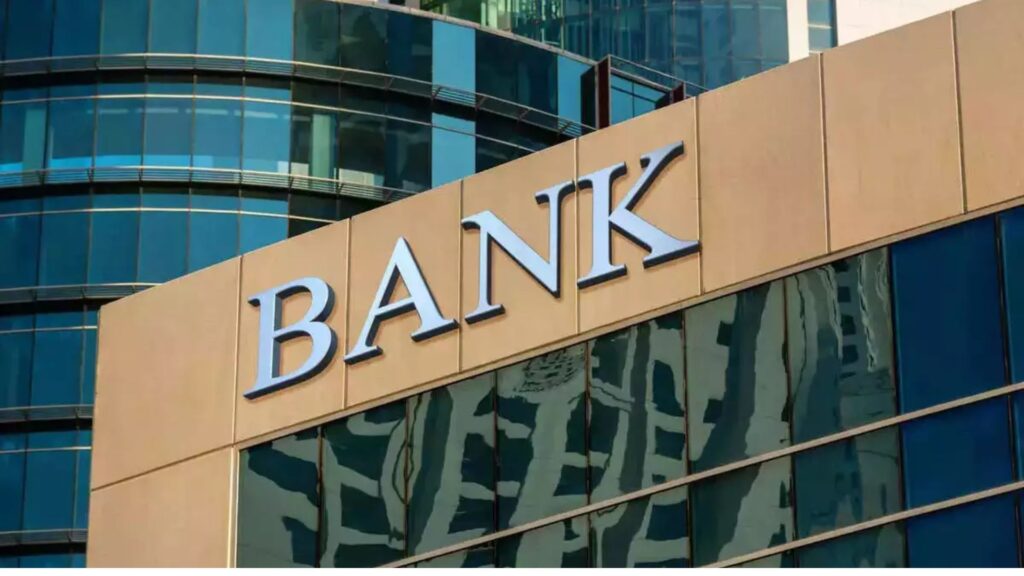
The banking sector in India is expected to witness a loan growth rate of 12-14% in the fiscal year 2026 (FY26), according to a report by Ambit Capital. This projection is backed by improving liquidity conditions and a potential reduction in risk weights for unsecured retail loans.
“With easing liquidity and probable easing of risk weights on unsecured retail, we expect sector loan growth to stay at 12-14% in FY26E,” the report stated. Bank loan growth, which measures the change in the total amount of outstanding bank loans to consumers and businesses, is a key indicator of economic activity.
https://uinewz.com/india/rbi-set-to-cut-interest-rates-again-in-april-signals-shortest-easing-cycle-on-record/According to data from the Reserve Bank of India (RBI), loan growth in February 2024 moderated for the eighth consecutive month, standing at 12%, a decline from 16.6% recorded in the same period the previous year.
Pressure on Margins Due to High Deposit Pricing
The Ambit Capital report highlights that high deposit pricing and softening yields are likely to put pressure on lenders’ margins, potentially compressing them by 5-20 basis points in FY26. However, banks with a significant share of fixed-rate loans are better positioned to withstand margin pressures compared to those with a larger proportion of variable-rate portfolios.
Retail NPAs on the Rise Amid Unsecured Loan Growth
In recent years, the banking sector has witnessed a surge in unsecured retail loans, including personal loans and credit card debt, leading to an increase in retail non-performing assets (NPAs). After maintaining a strong asset quality trend post-pandemic, banks are now facing challenges in managing the stress from these unsecured retail loans.
“The recent consolidation in retail lending will allow banks to recognize and identify balance sheet stress by the first half of FY26. Credit costs could increase year-on-year, but improved Provision Coverage Ratio (PCR) of 70% and strong buffer provisions ranging between 0.7-1.7% of loans may offer some relief,” the report noted.
Challenges in Deposit Growth and Changing Savings Preferences
The report also highlights that deposit growth remains a challenge for banks, regardless of their size, geographical presence, or technological advancements. The cost of deposits has risen, prompting banks to invest in higher-yielding retail assets to offset these expenses.
Additionally, Indian households now have a wider array of investment options, leading to a gradual decline in the preference for fixed deposits. Urban savers are increasingly shifting towards better-yielding alternatives, while rural and semi-urban regions are seeing increased participation from capital market players due to advancements in financial technology.
With growing financial penetration and increasing diversity among financial service providers, maintaining strong deposit growth will remain a key challenge for banks in the coming years, the report concluded.






